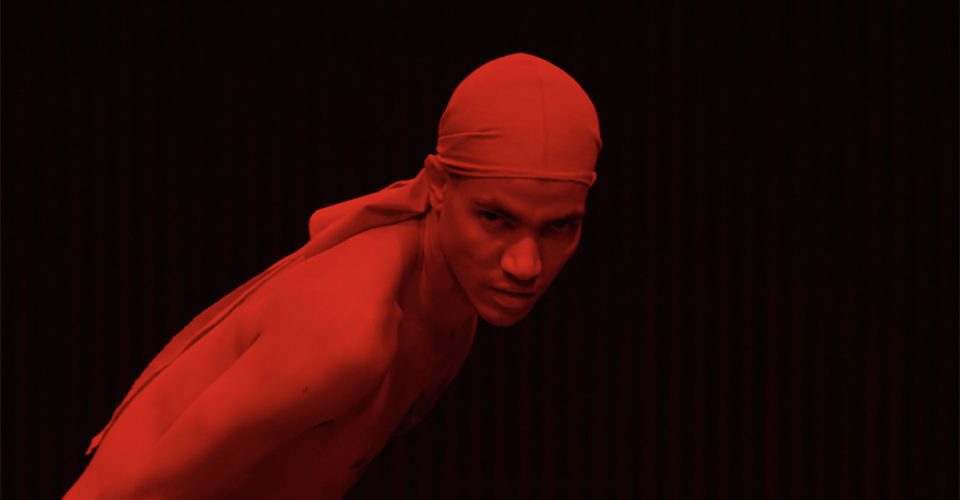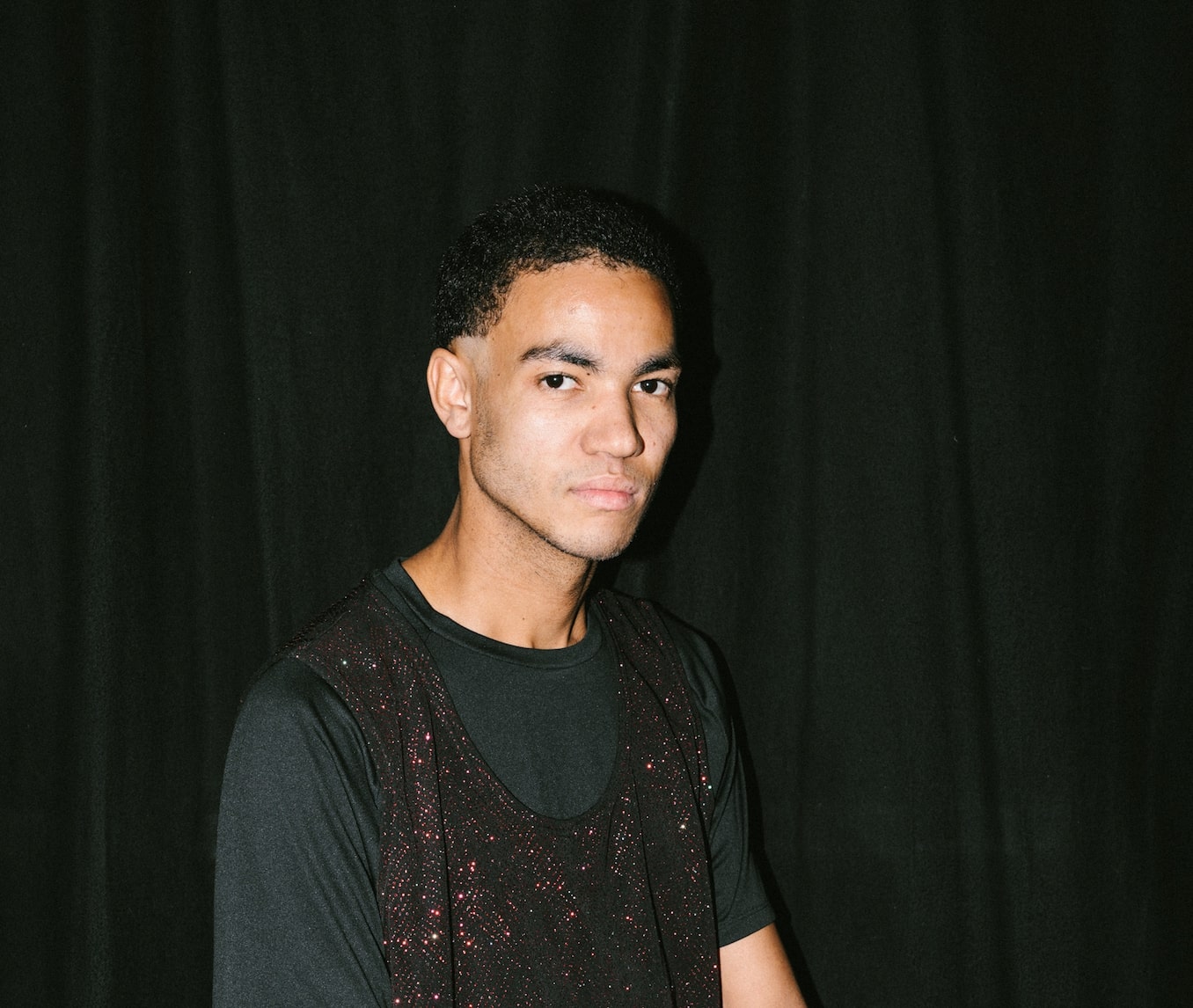
Performing Solo
Several weeks after debuting his first solo performance titled Batty Bwoy at MDT (Modern Dance Theatre) in Stockholm, I sit down with gay Norwegian-Jamaican dancer and choreographer Harald Beharie to learn about who he is as an artist committed to stretching the boundaries of how the public views queer performers of color.
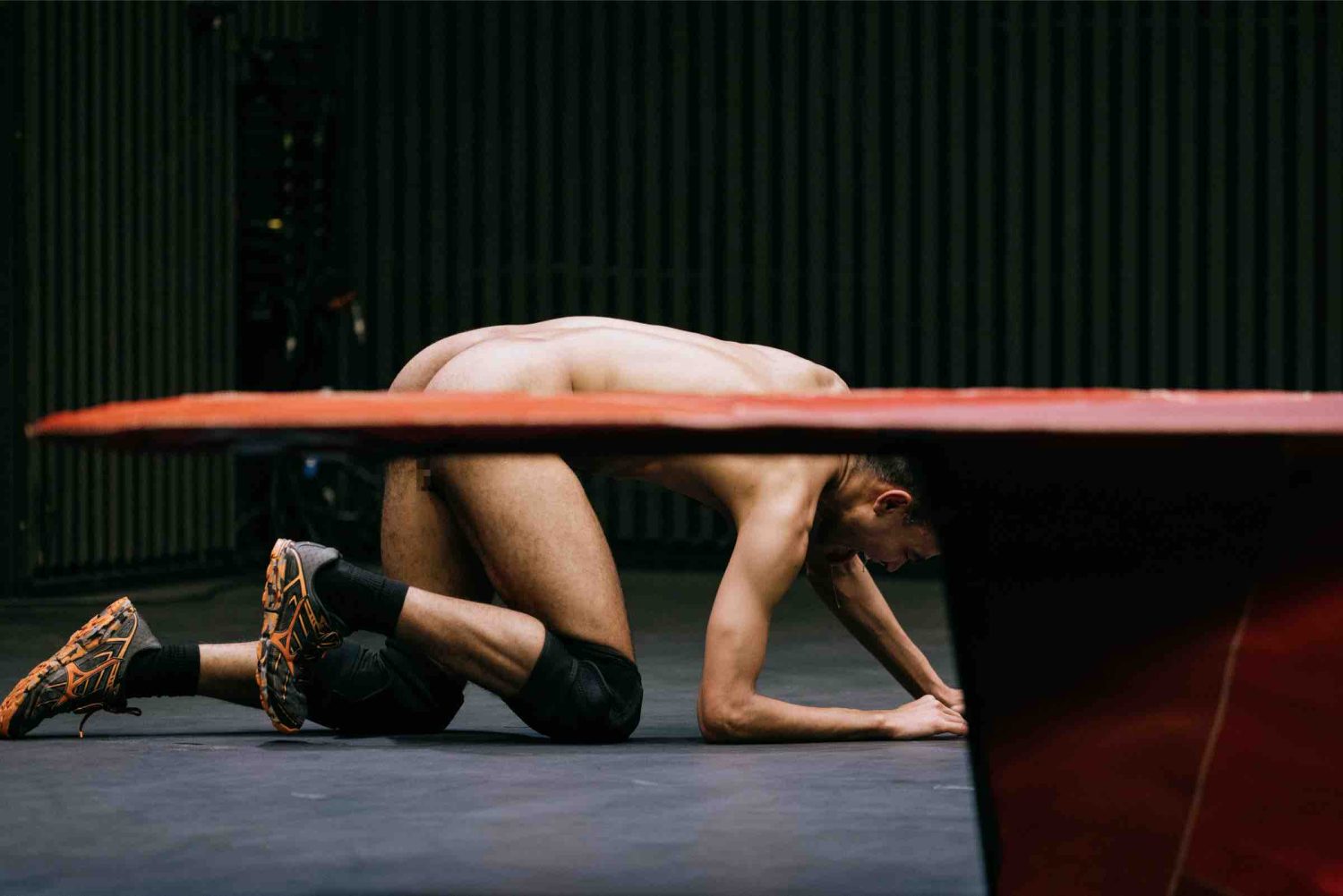
The production premiered in January 2022 at Oslo’s Dansens Hus during the COVID-19 pandemic. Harald and I settle into our conversation, with me asking him how it felt to perform for the first time in Sweden.
“It was really nice because I had just been to Austria,” he begins. “Where the audience was predominantly white. Here in Stockholm, I felt there was more of a queer vibe. And more people of color.”
As a person of color in Scandinavia, Harald is usually aware of how his performances can heighten topics like race and culture present in everyday society.
Friction
“It adds friction. And for this specific work, I’m performing by myself. With audiences who are in this lit space.” Harald looks behind me at a view of central Stockholm before continuing.
“It also changes from place to place, altering the performance. Or the perception of it. Something can feel empowering and embarrassing. I try to allow the audience to influence the material. And what I’m going through.”
Nominated for the Norwegian Critics Association Prize 2022, Batty Bwoy is a collaboration with Karoline Bakken Lund, Veronica Bruce, Jassem Hindi, and Ring van Mobius. Naming it after the Jamaican slang, a pejorative that refers to gay or effeminate men, is Harald’s way of re-appropriating it. The idea for the piece first came to him after watching the 2016 American documentary series Gaycation. Where the hosts traveled to different countries to profile each one’s LGBTQ culture.
“They went to Jamaica to hear stories about how it is to live as a queer person in the society. Then they played dancehall songs from the early 1990s with violent, homophobic lyrics like shoot, kill, and burn them up.”
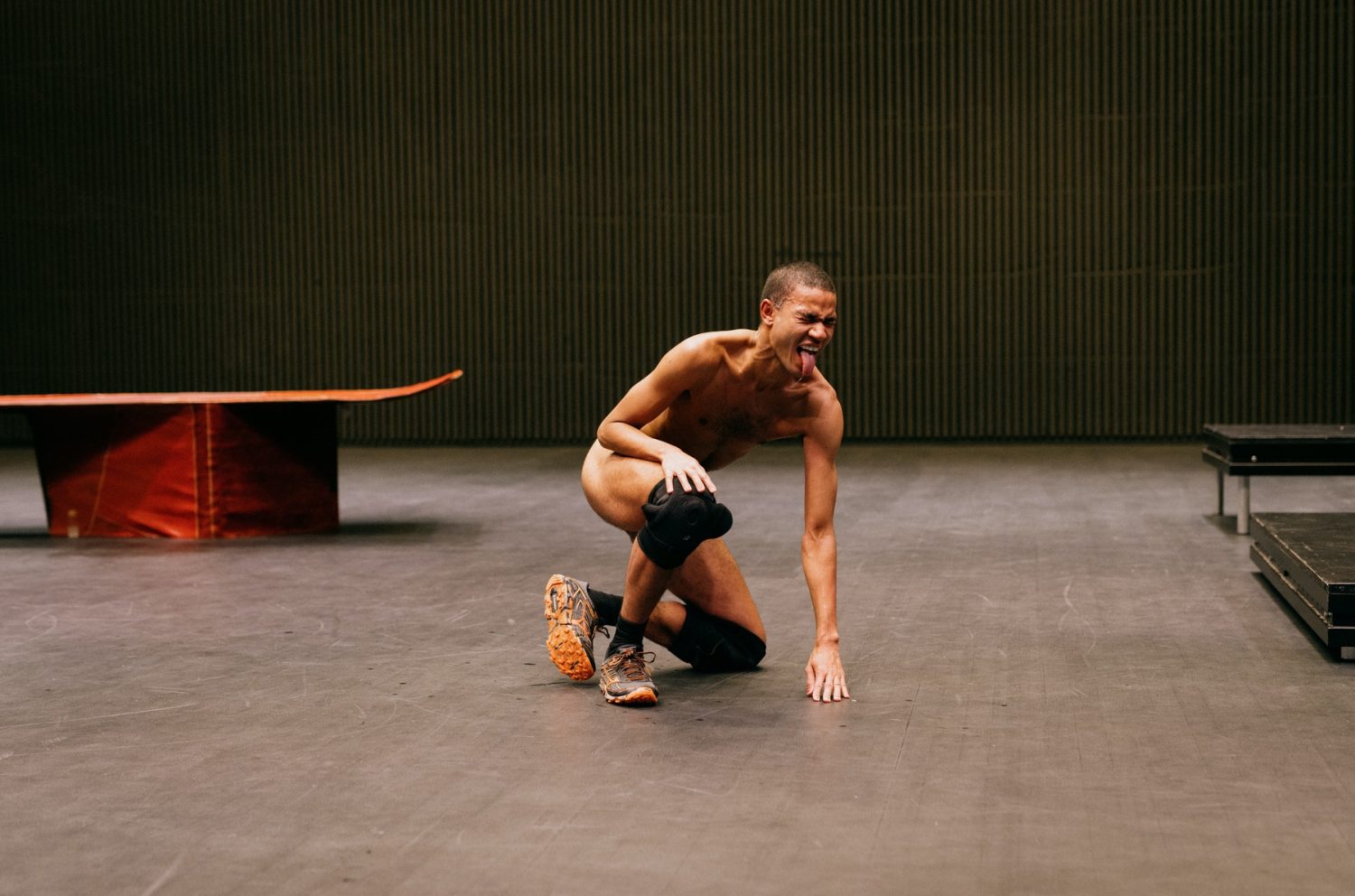
Slurs
Comprehending the lyrics’ meaning as an out gay man, Harald remembered he and his Jamaican father listened to similar songs during his youth in Norway.
“Those slurs are everywhere in the world for a queer person. But then I thought it was interesting how you can say these words, and it’s a common understanding of what kind of body it is. There is almost a physical narrative in the language of homophobia. I began to wonder what is this fear of the queer body? How can I give it a physicality to work out on stage in a dance piece?”
Despite the slur being an insult, Harald found humor in its simple-mindedness. And thus, decided to use it as the title of his new work. However, even though his father is Jamaican, he was concerned about using the term.
If you’re a minority, you know this is reality. To deal with violence all the time. But there is also joy and celebration.
“I live in Norway. And even though the work isn’t about Jamaica, I needed to start the project there. To see if it’s okay to call it by that name.”
During his six-week visit to the Caribbean island nation, Harald spoke with queer individuals and spent time with his family. The trip offered him opportunities to discover more about himself.
“I had my project and my questions. But after one day, I returned to when I was fourteen in Norway. When I had to restrict the way I walked and dressed. Then I asked myself if I could even be upset. Because I was going to leave in five weeks.
But even in the face of needing to remain underground, Harald experienced the hope within the Jamaican LGBTQ community. Which included queer people using several of the derogatory terminology to foster joy.
Harald says, “I feel like going there changed the project. I dug into the stereotypes. They celebrate by showing different narratives. And maybe that’s how it makes the performance a journey. It’s like purging out all these demons.”
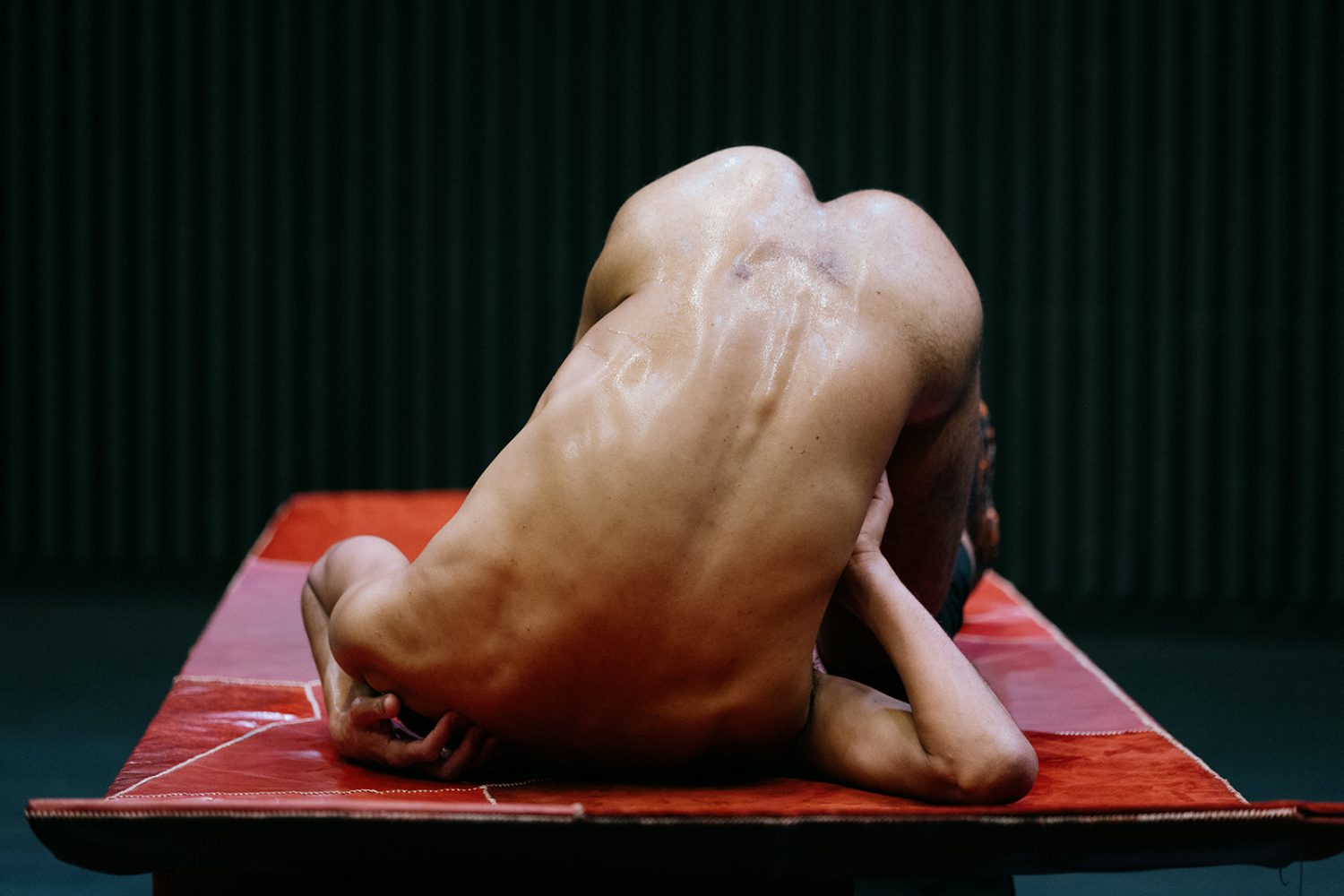
Counterbalance
By incorporating aspects of Jamaican society into Batty Bwoy, Harald counterbalanced a few of the media’s negative portrayals of the country. Some people of color who saw the 5th of May Stockholm performance told him it seemed like they were witnessing a journey of self-acceptance.
“Yes, that’s mostly my challenge when there’s not a diverse audience.” He chuckles. “It can be looked at in only one way. Sometimes, the performance is more aggressive. Sometimes it’s softer. If you’re a minority, you know this is reality. To deal with violence all the time. But there is also joy and celebration.
Harald enjoys creating ambivalent spaces. Where the execution of a performance has multiple meanings and feelings. It sparks unique conversations across various groups.
Choreographing
Choreographing his first solo performance came about after several years of collaborating on other productions. Over time, he noticed certain themes were not being explored.
“Even though I love to collaborate. I felt like some colors were not present when I worked with others. I then asked myself if I was too afraid to work by myself? So it was like a challenge for me.”
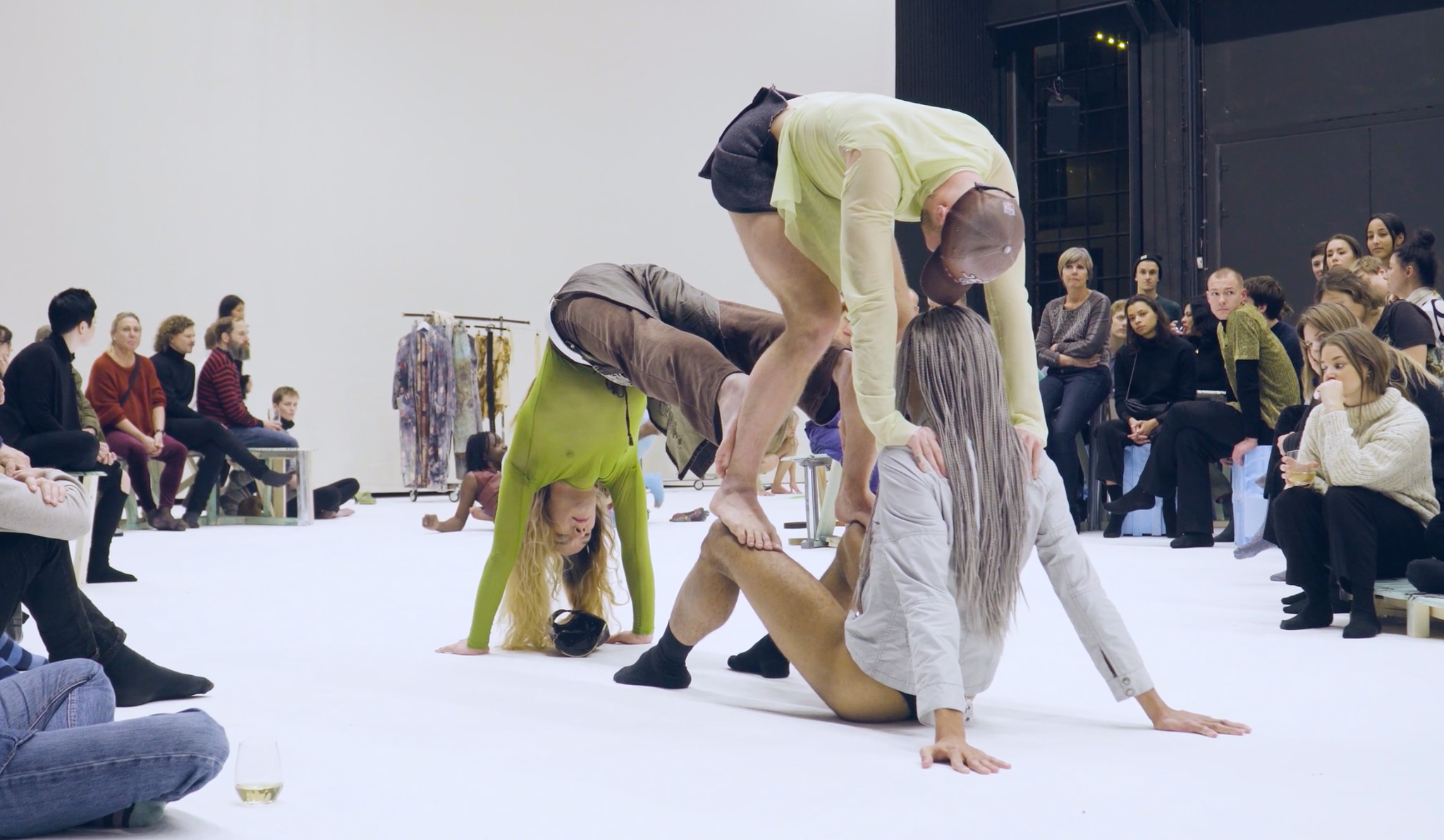
Leikarring
Recent projects include performing an interpretation of the leikarring or ring dance, a popular traditional Norwegian folk dance. Harald also drew inspiration from Norwegian cultural researcher Klara Semb’s book, Norske folkedanser. I ask him what merging this part of his Scandinavian heritage was like. He shares it began with a group exhibition, where he was asked to take a queer look at the dance and its costumes.
“I think eighty percent of the population has the national costume but have no idea what the tradition represents. I’m half-Norwegian. But I worried I was appropriating my culture as a brown person.”
For most of Norwegian society, the costumes associated with leikarring are integral to the dances. Harald looked for ways to choreograph without them. To see if the dances would be identifiable on their own.
“It’s a video work with five screens. One body times five performing the material. The eight main steps are fragmented. Yet they’re still familiar.
Counterfactual History
Harald’s creativity with the folk-inspired production comprises working with counterfactual history. A way to express what hasn’t happened or isn’t the case. In order to come up with something new.
One way Harald did this was to combine the sensuality present in a lot of contemporary dance with the formality prominent in Leikarring’s movements. Another method was to design male headgear that fused the traditional Norwegian skaut once worn by married women with the durag, a close-fitting cloth tied around the head that’s popular with African American men to style or protect the hair.
“I felt it would be interesting to have these different references and to see what could come about by putting them together.”
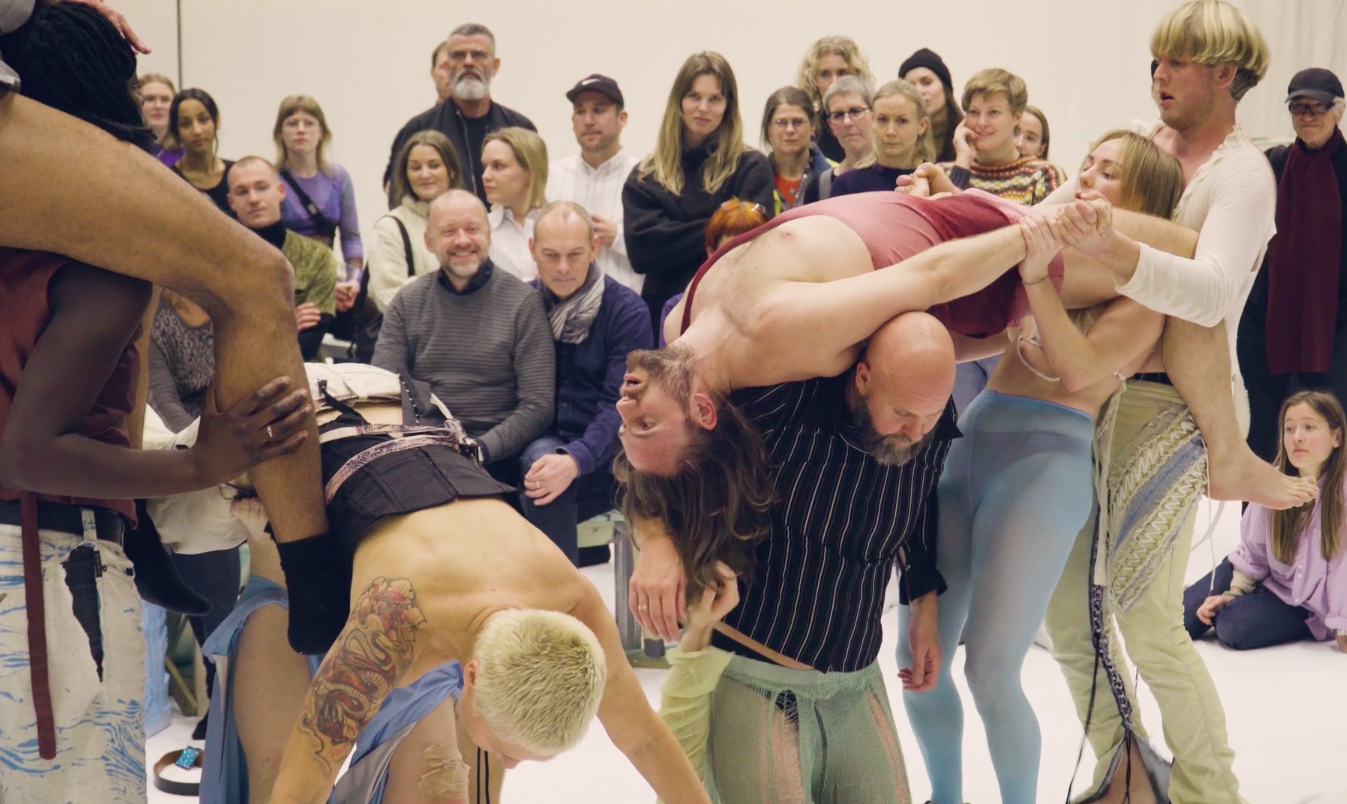
Dance
Dance first came into Harald’s life as a child, going with his sister to ballet classes. At fifteen, he moved to Oslo study and then to New York City to attend The Ailey School, the official school of the Alvin Ailey American Dance Theater, Harald realized he preferred life in Europe. So he returned to Oslo and completed his formal education.
With an interest in “the unpolished, the DIY, and vulnerability of being in the unknowing,” Harald desires to stretch the art of dance to new levels of expression and awareness. His technical training serves him well. And with it, he puts himself in creative situations where he can venture outside the box of some of dance’s more formal attributes.
“How can I change the value of a space? Change people’s perspective. I have a lot of ideas. I throw them on the ground. Then I see where the energy goes. I like that.”
This approach was successful for Harald and his team when conceptualizing Batty Boy. Ideas he had in mind at the onset of the project changed as he worked with set designers and musicians.
“Even if it’s my work, I like to give people autonomy.”
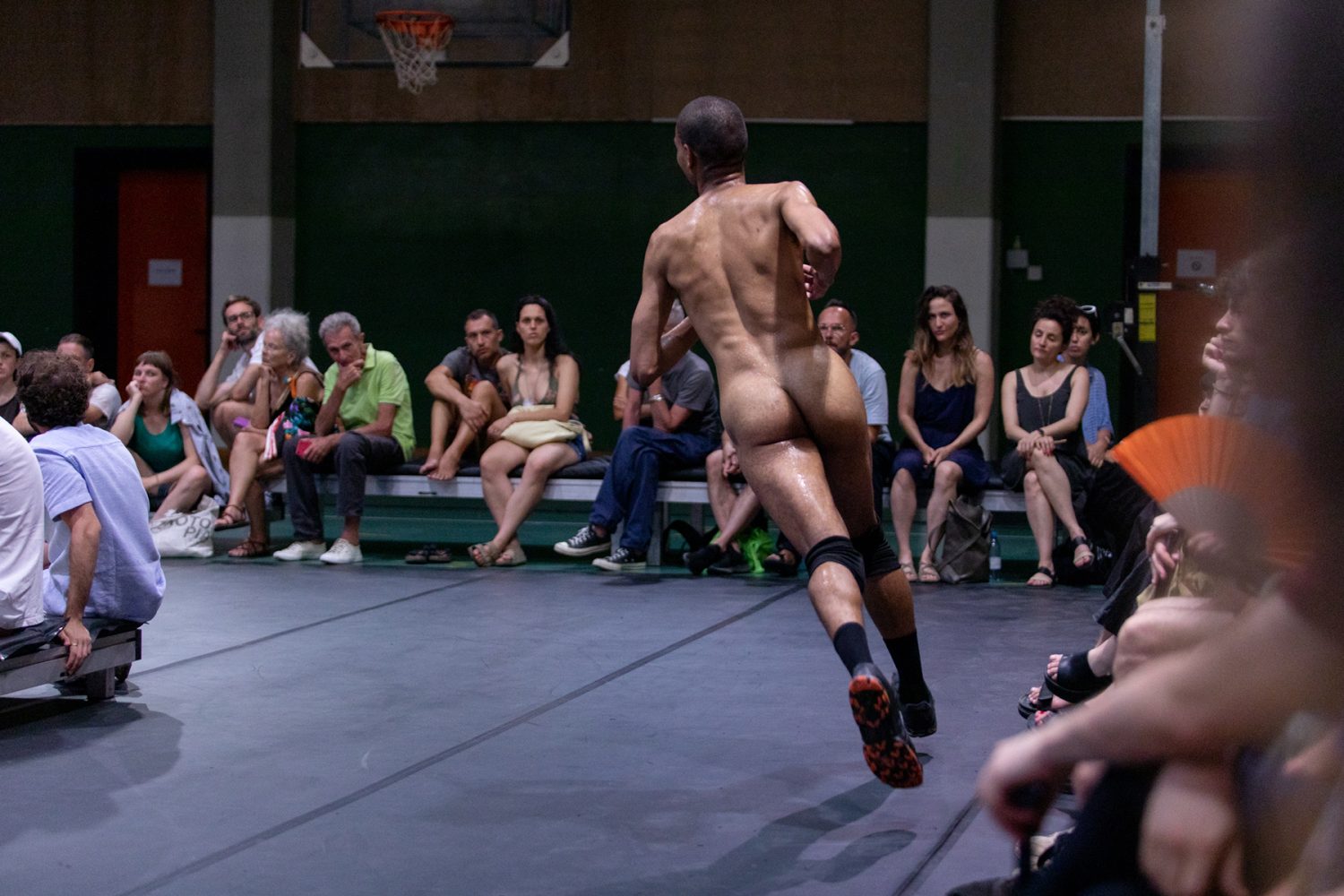
Upcoming performances of Batty Bwoy are on 8th of September at Arendal på skeiva in Arendal, Norway, and Salmon Festival, Barcelona dates 16 -17 September. For more information, go to:

